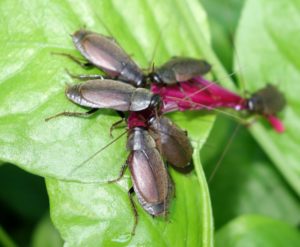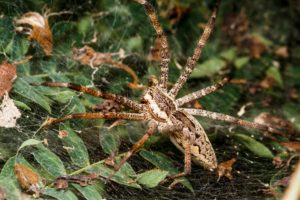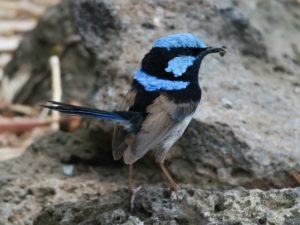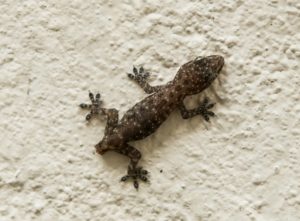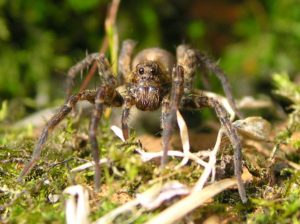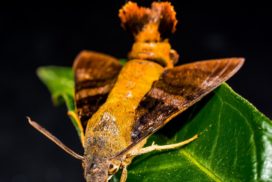HOW IS MONARCH BUTTERFLY MIGRATION POSSIBLE?
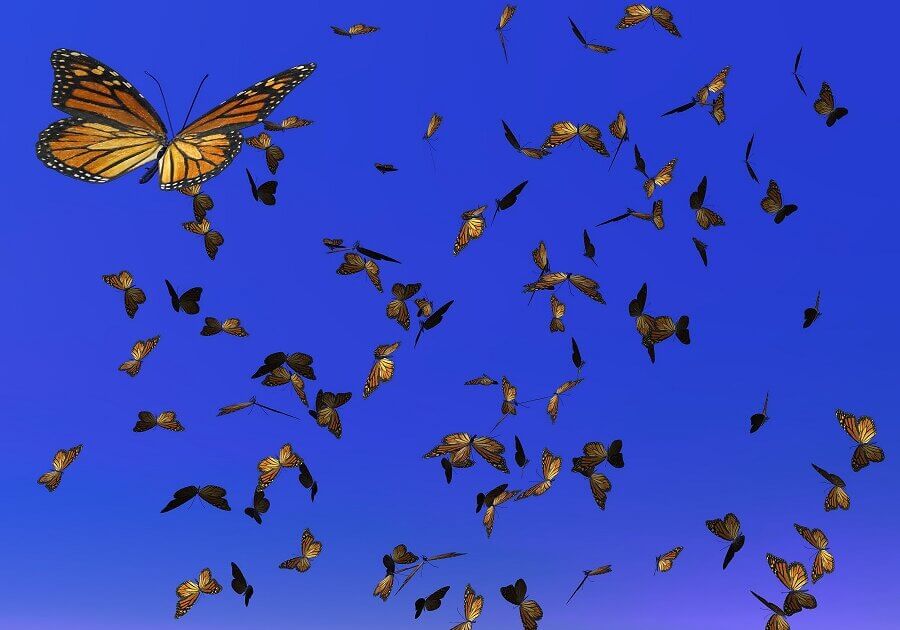
Monarch butterfly migration
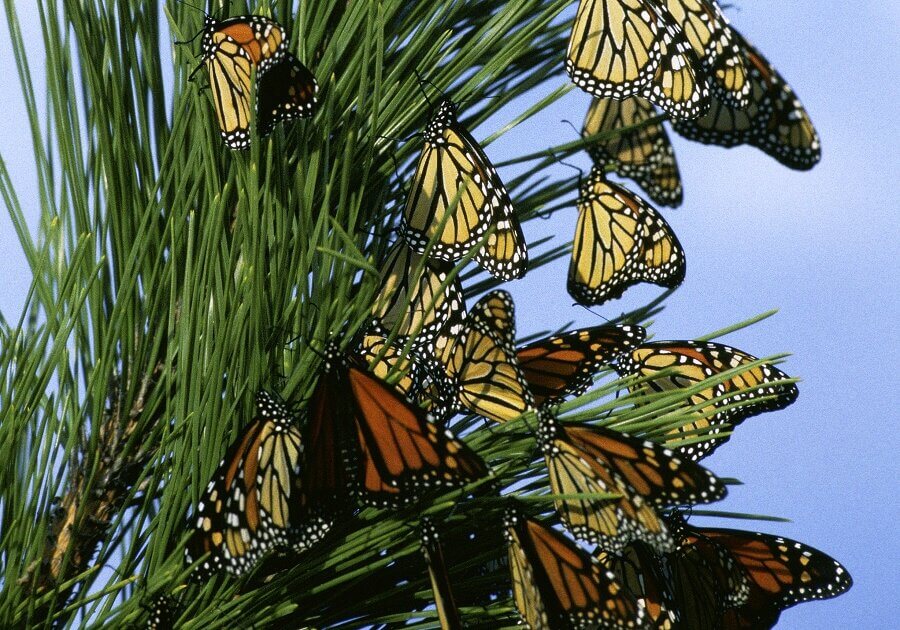
Monarch butterfly on plant
With a brain the size of a pinhead, the monarch butterfly uses the sun to navigate over a distance of up to 4,830 kilometers (3,000 miles) from Canada to a particular forest and trees in Mexico—where their grandparents roosted the year before. The journey includes a stretch of 800 kilometers (500 miles) over open sea.
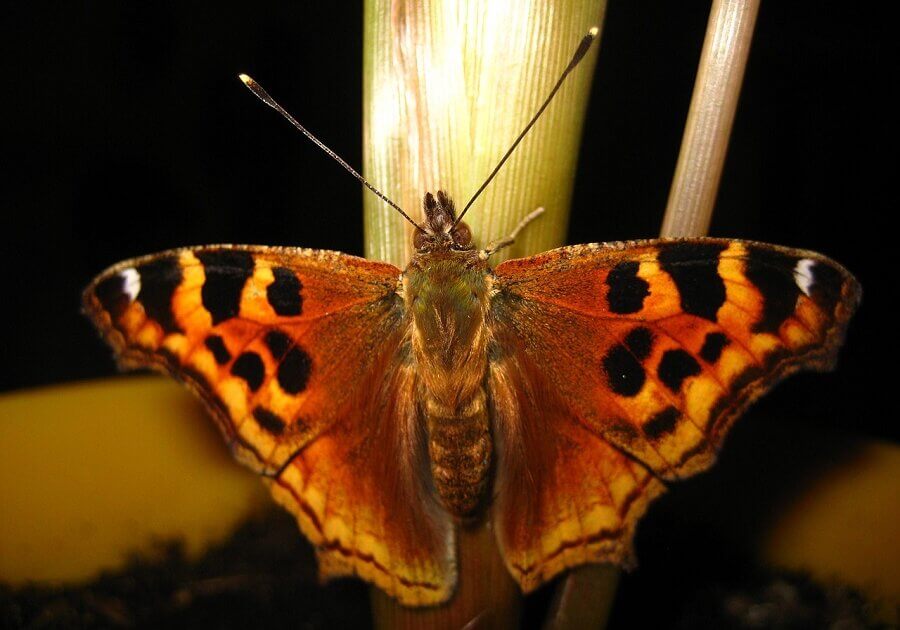
Butterfly
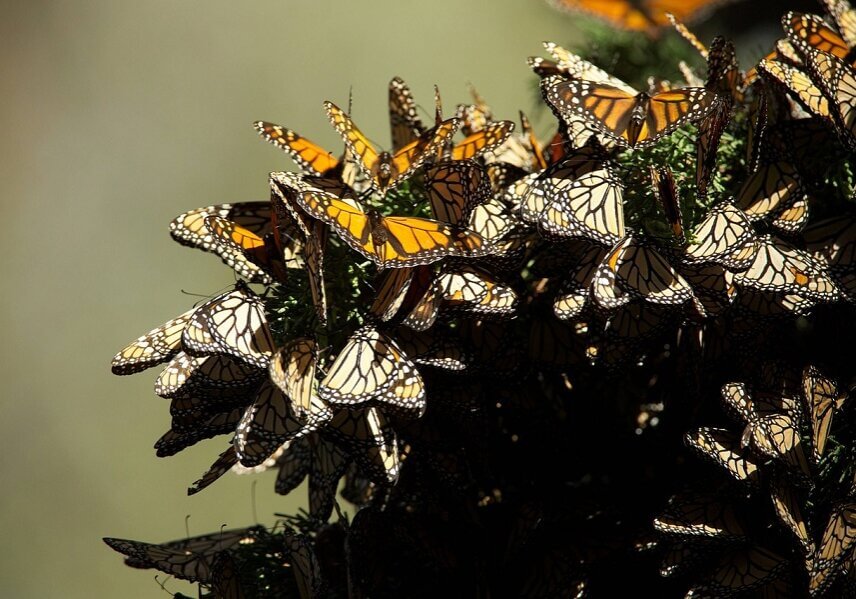
Monarch butterflies roosting
The monarch butterfly can adjust for the movement of the sun and reach its destination, a feat that has baffled researchers. The insect uses a circadian clock that is based on the 24-hour day to adjust for the earth's movement. Every March, clouds of monarch butterflies set off for Canada, and their great-grandchildren return to Mexico the following October.
Recent posts
Join us on social media or subscribe!
Sign up to receive our articles in your inbox!
Enter your name and email address below to subscribe.
